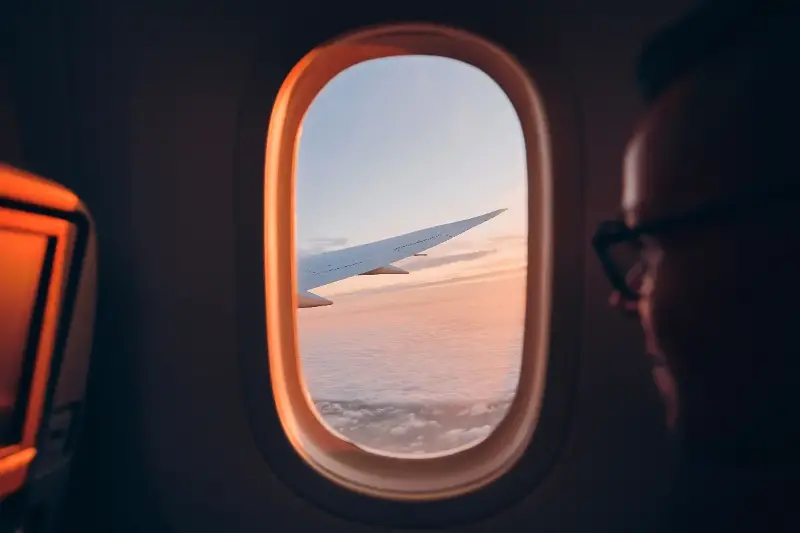Imagine looking out across the clouds, the world’s landscapes shrinking beneath you, all framed by those iconic airplane windows. But have you ever wondered why airplane windows have their unique, almost poetic shape? The story behind their design is not just about aesthetics or giving us a picture-perfect vista—it’s intrinsically tied to the safety and evolution of air travel itself.

The Dark Origins of a Design Shift
The modern, rounded airplane window is so common today, most of us never give it a second thought. But in aviation’s early days, a very different—and deadly—design was the norm.
Back in the 1950s, the newly introduced de Havilland Comet captured the world’s imagination as the first commercial jet airliner. A symbol of progress, it boasted large, square windows, giving passengers unrivalled views. However, a series of tragic crashes shattered this dream. The culprit? The sharp, angular corners of the window design.
Stress was silently accumulating at those corners every time the aircraft pressurised and depressurised at altitude. Eventually, the metal would fatigue and crack, leading to catastrophic failures. The terrifying lesson was clear: window shape isn’t just about looks—it's about life and death.
Why Curves Became King
After painstaking investigation, engineers realised that rounded windows could drastically reduce the concentration of these stresses. Here’s why:
- Curved shapes spread out pressure more evenly, avoiding the dangerous build-up of force at any single point.
- No sharp corners mean no “weak spots” in the aircraft’s skin, helping prevent the tiny cracks that can grow into massive problems.
- Even the gentle oval of the modern window is calculated to maximise visibility while keeping you safe at 35,000 feet.
It’s an ingenious, simple fix—yet it permanently altered the very language of aerospace design around the world.

Innovations in Material Science and Window Structure
The window’s transformation didn’t stop at shape. The materials and engineering behind them now feature sophisticated advances:
- Multi-layered Construction: Most airplane windows are now made of several layers—typically two or three—often using tough acrylic rather than glass for greater strength and flexibility.
- Tiny Bleed Holes: Each window sports a nearly invisible "bleed hole" allowing gradual pressure equalisation between the cabin and the window’s panes, preventing moisture build-up and fogging.
- Enhanced Testing: Modern windows undergo intensive stress and fatigue testing, simulating thousands of flights to ensure resilience.
Collectively, these shifts have made today’s cabins safely pressurised cocoons, letting us fly farther, higher, and more comfortably than ever before.
Window Redesigns Across Other Automotive Sectors
The lessons learned from airplane windows have echoed far beyond the tarmac. Trains, buses, and even spacecraft now often utilise rounded window designs for the same reason—to better withstand internal and external pressures. Automotive work in hyper-fast, pressurised vehicles borrows directly from these aerial innovations to boost both safety and durability.

The Human Touch: How Design Affects Our Fear and Wonder
Beyond the numbers and blueprints, the humble airplane window represents something else—a psychological gateway. For nervous fliers, those rounded corners and thick panes are subconscious assurances: someone thought deeply about your safety. For everyone else, they’re the frame through which the majesty and romance of flight unfold.
So next time you settle in beside that curved window, ask yourself—what other “invisible” innovations are quietly keeping us safe, high above the clouds? The sky may not be the limit for imaginative engineers, and there’s always another secret, shaped for safety, waiting to be discovered.
